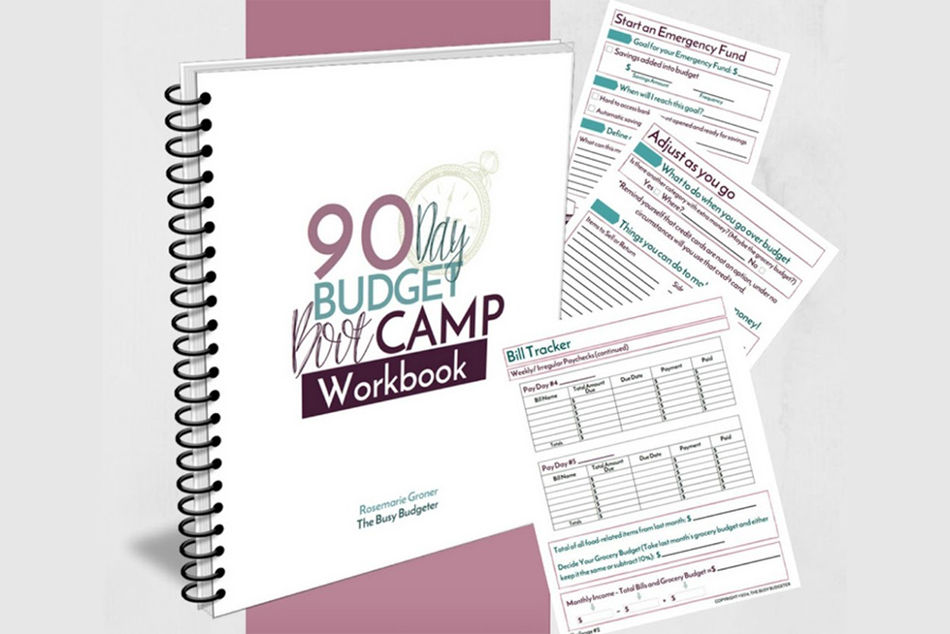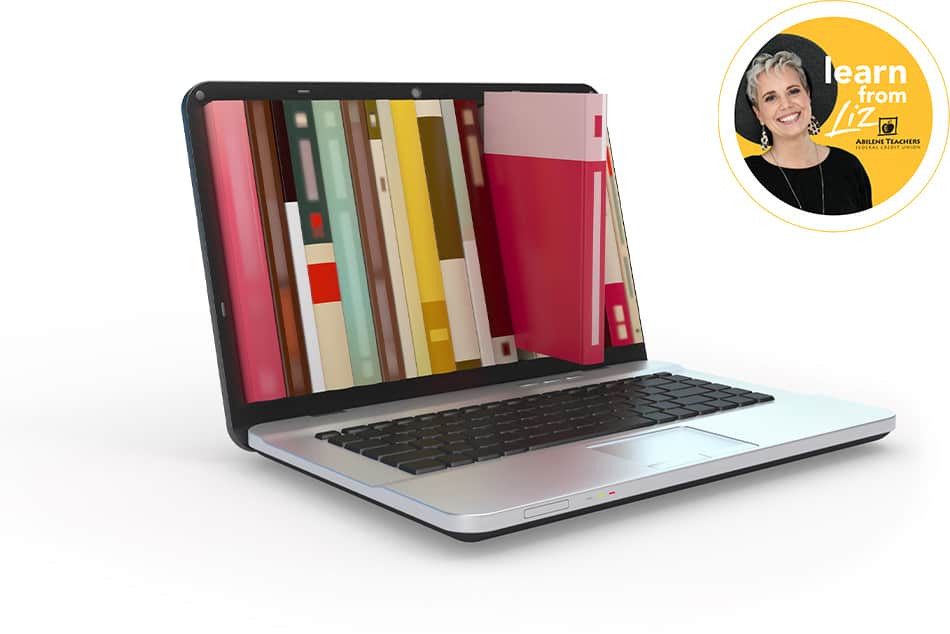Hágalo hoy: pasos 1 a 4 de 12 para vivir una vida libre de deudas

I’m sure you have heard of the 12 step programs for addiction and how they walk you through each step so you can overcome your dependence. Just like drug or alcohol addicts go through a 12 step program to change their habits and get physically healthy, there is a 12 step program that can help you become financially healthy. Today, let’s look at the first 4 steps. It is best you start with #1 and work your way down the list as opposed to starting all 12 at the same time. While some steps can be worked simultaneously with others, some steps will need to be focused on individually. Let’s get started!
Paso 1: haga un balance de su deuda
First, sit down and take stock of all your debts. Don’t let the numbers scare you; you need to do this to move forward. Get out every single credit card bill, personal loan, student loan, and any other debt you’re carrying (except your car and mortgage payments). Write down the number and add them up to give yourself an accurate picture of what you’re dealing with.
Next, organize your debt into different categories, such as credit card debt, student debt, personal loans etc. Use a spreadsheet to list your debts, the remaining term of each loan (if applicable), the minimum payment and the interest rate.
Finalmente, designe una hora cada semana para trabajar en sus finanzas.
Paso 2: no profundices más
Cuando te has cavado profundamente en un hoyo, la única forma de salir es dejar de cavar. Concentrarse en no acumular más deudas. Deje de usar sus tarjetas de crédito. Evite los viajes semanales que podrían hacer que compre demasiados artículos no esenciales.
En lugar de eso, empieza bolsa marrón tu almuerzo de trabajo y preparar tu propio café. Adquiera el hábito de gastar sólo en lo esencial para poder lograr un progreso real hacia el pago de esa deuda.
No olvides realizar los pagos mínimos en cada línea de crédito y préstamo que tengas abierta. Descuidar su deuda sólo le hundirá más en el abismo.
Paso 3: Negociar una APR más baja
Si la mayor parte de su deuda pendiente es deuda de tarjetas de crédito, es posible que esté gastando cientos de dólares solo en intereses. Además de desperdiciar dinero, esto le impide avanzar y pagar el capital real.
Most people don’t know you can call up a credit card company and negotiate for a lower APR (Annual Percentage Rate). Take the time to do this. Explain that you are working on paying down your debt and that the interest payments are impeding your progress. You can even research competing cards and cite their interest rates in a bid for a lower APR from your current credit card company. You might consider a balance transfer to one of nuestras tarjetas de crédito. Llamar, hacer clic, o detenerse a lobby location today to see if an ATFCU credit card is a good option for you.
Reducir sus tasas de interés le permitirá dar otro paso real para deshacerse de sus deudas.
Paso 4: crear un fondo de emergencia
You may be feeling impatient to be super aggressive about paying down debt, but it’s also important to create an emergency fund. If you don’t have money socked away for unexpected expenses, you’ll be tempted to use the money that’s already earmarked for your debt payments to fund the emergency expense.
Los expertos recomiendan mantener el equivalente a tres meses de gastos de subsistencia en un fondo de emergencia, pero puede comenzar con una suma más modesta de $1000. Establezca un fondo de emergencia automático mensual o semanal. transferir desde su cuenta corriente de Abilene Teachers FCU a su cuenta de ahorros hasta que tenga un fondo de emergencia completamente acolchado. Esto puede llevar varios meses, pero no se preocupe, puede continuar siguiendo los siguientes pasos hacia una vida libre de deudas a medida que su fondo de emergencia crezca.


